Un poco de Formula 1, de la Era del Turbo
La que acaparo mi atencion de chico, la que hizo que me levantara temprano cada Domingo, la que hacia volar la mente con pensar en motores de 1.5 litros y mas de mil caballos galopantes a mas de 350 Km/h !!!
Aporto con un poco de fotos de fierros de Formulas 1, conservados de esa hermosa epoca
Aca no importaria ni el fanatismo ni las marcas, solo hablar de un epoca tristemente desaparecida en donde no necesariamente con mucho se fabricaban como en la alquimia maquinas solo soñadas por mentes brillantes !!!!
Aporten Uds tambien, los que los vieron correr tambien en aquellos años....
Que se arme lindo post, con fotos y videos, con buenas charlas de performance de cada auto, motor y chasis, para los de menos edad, que jamas veran estas fieras correr
Saludos a todos !!!
Back in 1977, Renault started to enter F1 races with a single turbo V6 engine. It didn't really shine in terms of performance, but in 1978 the car finished in the top 10 and scored its first points. Then in 1979 the turbo Renault got its first pole and its first win. Needless to say, other engine designers saw the light and Ferrari and BMW soon followed suit in 1981 with turbo engines of their own.
At the time Cosworth was still dominating F1 with the normally aspirated 3.0L DFV so Cosworth did not feel the urgency to develop a turbo engine immediately. It wasn't until their diminishing wins started to become apparent that Cosworth started to get off their high horse and start on a turbo engine. The rules at the time stated that an engine could have a maximum capacity of 3.0L if normally aspirated and 1.5L if supercharged. These displacement rules were written in 1966 when turbocharging automotive engines wasn't really even considered. Keith Duckworth (the "worth" in Cosworth) pretty much was against the entire idea of turbocharging in F1 because he believed it was technically against the rules. What Duckworth said was that a turbocharger was actually a second motor that shared the combustion chamber inside of the engine and of course two motors were not allowed in F1. To further his point, Ferrari was injecting fuel directly into the turbine section of the turbo (anti-lag) effectively converting a turbocharger into a gas turbine and turbine engines were not allowed in F1 either. While Duckworth's points are probably valid (you gotta remember that a turbocharger on a gasoline engine was a relatively new idea at the time) to some degree, the rulemakers in Paris still allowed turbochargers.
Cosworth's first attempt at a turbo F1 engine in 1983/84 was actually based on the Cosworth BD alloy 4 cylinder engine block. Duckworth decided the BD's alloy block would be ample for the original power goal of 650bhp. It was an elaborate setup with an exhaust driven turbo and a second turbo driven by a Ford CVT transmission via the crankshaft. The turbos were staged for big boost (5+ bar absolute). All of it was controlled via ECU which was super state of the art back in those days. It must have been a pretty damn big piece of hardware based on 1987 sized electronics to control all of those devices. The standard BD cylinder head had to be redesigned for boost and flow, but in the end the engine wasn't able to deliver since the horsepower targets kept increasing. Originally the turbo F1 engines from Renault, Ferrari, and BMW were running gasoline, but the rulemakers allowed "rocket fuel" which was actually gelled toluene.You know for damn sure it burnt super slow if it was gelled so it must have had some crazy high octane equivalent. With the new rocket fuel, the other engine manufacturers were already surpassing 800bhp in 1985. This 1.5L BD based 4 cylinder engine with staged turbos was bending crankshafts at 3.0 bar (absolute) boost @ 11,000rpm. Even with a redesigned crank and flywheel the complexity of the turbo setup and transmission was probably a complete clusterfcuk. I'm sure the engine only having 4 cylinders was probably another limitation for increasing power beyond 650bhp reliably. You have to remember that this was 1987 before the time of 3D modeling, FEA, simulations, etc. While Duckworth did redesign the clutch and flywheel to live at that power output, it was clear that it was going to be an uphill battle with a 4 banger. The good old boys in NASCAR back then probably weren't making 650bhp out of their 5.7L small blocks yet and here was the F1 crowd playing with 1.5L engines.
After securing financial support from Ford USA, Duckworth, Mike Costin (the "Cos" in Cosworth), and designer Geoff Goddard went back to the drawing board. What they whipped up was a 120 degree 1.5L V-6 with alloy block and heads with Ford badging. Duckworth was spending more time at home having cashed out by selling the company to UEI so Goddrd took the reins and designed the bulk of the GBA with weekly visits to Duckworth at home. The first component drawings were started in December 1984. By August 1985 the Cosworth GBA was first tested in a car. That's pretty damn fast for a clean sheet engine design isn't it? Initially there were some engine block issues, but after some revisions the engine became very reliable at 1000bhp and was run at more than 1200bhp in qualifying. How's 800+bhp/liter for strength? According to Cosworth lore, the engine ended up being more reliable than the Honda VTECs.
If you are an internal combustion engine nerd like myself, then you'll probably dig I believe the 5th edition is the latest. You probably don't want to read the 6th edition (it doesn't actually exist) because then you would just be reading about Cosworth's downsizing and diversification (read doing business outside of motor sport) and the decreasing size of the motorsports as a whole which blows big time. Anyhow it really is an excellent book filled with stories, interviews, famous quotes from Duckworth, and behind the scenes stories of many of Cosworth's historic race and production engines. Most of what I wrote above I got from Robson's book, mixed with some question asking at Cosworth and some of my own opinions. Chances are you won't find books like this on any of the other race engine manufacturers because...well because their histories probably just aren't that interesting. Their stories would all just read "...left Cosworth in 1988" or maybe "...left Cosworth in 1994", etc.
We have an actual GBA show engine in our conference room. Check it out:

The two upper pulleys are probably crank driven by gears inside of the alloy front cover. The lower left pulley is the multi-stage oil pump and the lower right hand pulley is the water pump and alternator which are driven by a common shaft. Check out the old school 9 tooth crank position sensor.

At the back of the engine you can see the distributor, coil in the center of the valley, and the 7.25" clutch. I'm guessing that Magneti Marelli igntion coil is super heavy duty judging by its size and the fact that it has to ignite the cylinder pressures of a 800bhp/liter engine with extremely short dwell times at 12,000rpm through igntion wires, distributor cap, and rotor. I'm not sure if they are using a 7.25" clutch because it made too much power for a 4.5" racing clutch or if 4.5" racing clutches and modern friction materials did not exist yet.

Here's the LH exhaust cam position trigger. Or at least that's what I think it is. The pickup sensor isn't present, but it looks like that thing could lop off your finger if you weren't careful.

The turbos are Air Reseach units. For you young guys, we call them Garretts today. The compressor housing looks like it is just cast aluminum and pretty closely resembles a T04B in size. Perhaps they weren't casting magnesium yet for compressor housings. Khiem, why don't you look up that compressor cover part number? It's 444852-5. This is just a display engine so this turbo may not have been the final 1200+bhp qualifying spec turbo. For show engines, just about any version of a part or engine can be thrown together.

The compressor wheel has 12 blades and the inducer measures approximately 55mm. The shaft play tells me it's a journal bearing turbo, but the shaft play is definitely smaller than a standard T04 unit. The wheel to housing clearance is also extremely tight compared to a standard T04. In fact it appears to be closer than even at modern day ball bearing GT, but I am definite ball bearing turbo technology did not exist back then...or did it? The center housing does not look standard issue Garrett so I'm guessing there was some voodoo big money magic going on here to maximize compressor efficiency to the very extreme.

The turbine wheel is an 11 bladed deal and from the exducer doesn't look like anything too special. In fact it looks a lot like a Navistar TA34 wheel (you Turbonetics lingo people might call it a "stage 2") if you ask me, but I did not take the turbo apart to examine the turbine wheel's blade shape. Once again the wheel to housing clearance is looking tighter than a modern day GT so I'm guessing they were trying to squeeze every last ounce of efficiency out of the turbine stage also. The turbine housing outlet is very nice with a smoothly expanding inside diameter all the way to the back of the outlet.

A v-band turbine housing from back in 1985 beats HKS and TiAL by about 21 years. From the rear view, the compressor housing uses a T04E type clamp. The turbine housing A/R appears to be extremely small. I would estimate it to be in the .40-.50 range. After all it is a twin turbo 1.5L engine with 0.75L feeding each turbine stage. It is an extremely thin wall casting so it looks smaller than it actually is I'm sure.

The turbine housing inlet and wastegate connection is hand fabricated and is welded to the exotic looking material cast turbine housing. I am unsure of the header material, but I'm guessing they are made of inconel.

Here is the bespoke multi-stage dry sump oil pump. It just looks expensive.

On the other side of the engine is the bespoke water pump at the front of the engine and the bespoke Magneti Marelli alternator behind it. The alternator looks a lot like a small version of a mid 80's European car alternator doesn't it?

Here you can see two Bosch EV1 looking injectors per cylinder that actually fire upstream. I know absolutely nothing about gelled toluene so I'm not sure what benefit there was in firing the fuel upstream of the valve, but I'm sure the engineers designed it this way for a reason. At the base of the throttles you can see that they are bolted to the cylinder heads via a phenolic gasket for heat isolation. We use the same proprietary formulation of phenolic for our Subaru, Mitsu, and Nissan thermal guard gaskets today.

Here you can see the throttle castings and linkage for the individual throttle bodies. The vacuum hoses go to a vacuum/boost manifold...

...here. There are two of these manifolds: one per bank. Then a hose goes from each of the manifolds into that round device on the right. I have no idea what that round device is on the right, but it is knurled at the edge and has a huge jam nut at the base. It looks like it is for some kind of mechanical adjustment. Perhaps fuel pressure?

This is a detailed view of an inlet to one of the two plenums. The two o-rings are for some kind of Wiggins type connection I'm sure. There is considerable hand blending at the joint of the o-ring flange to the fabricated tube which is made from two pieces of sheet. I am guessing it was shaped like this to clear some kind of body work. Even to this day at Cosworth, we still spend probably too much time with attention to detail on our inlet manifolds. In the case of the Subaru EJ and Nissan VQ plenums, each port is CNC matched and then hand blended to each individual runner.

This is what the hand fabricated piece looks like from the outside. The valve cover looks like it is all business with black wrinkle coat and Ford F1 signage.

Here's a bottom view of the engine assembly. While it doesn't look quite as high tech as the current F1 CA2010 engines, it still looks like a pretty damn serious piece of machinery.

This plaque on the show engine, which also looks like it is from the 80's, states that the engine was only ever raced one season. However Robson's book says that the enigne was raced in 1986 by Carl Hass' Haas/Lola new F1 team and in 1987 by Benetton. Apparently despite the fact that the GBA was originally designed for gasoline with a 6.5:1 compression ratio and all of the other turbo engines were significantly more powerful on rocket fuel, the new Haas/Lola team couldn't produce a reliable or fast car regardless. Switching to gelled toluene, Cosworth had slowly raised the compression up to 8:1 and was producing over 1000bhp by the end of the season, but the Haas/Lola cars weren't up to the challenge. Ford decided to switch the engines to the Benetton team. In 1987 Cosworth was at the FISA 4.0bar boost limit, the engine was reliable for 600 miles between rebuilds, and the Benetton B187 was regularly finishing on the podium. But by the end of 1987 the FISA was limiting the boost to 2.5bar. The plan was to eliminate turbos from F1 by 1988 and that was the end of the GBA. No bore and stroke specs were ever officially released on this engine or any other Cosworth clean sheet race engine for that matter.
So there you have a semi in depth view of the most powerful 1980's F1 era turbo engine. There are other turbocharged CART and Champ Car engines in our conference room, but this one was always my favorite of the turbo engines. There's something about its age and simplicity that appeals to me even outside of my six cylinder fetish (all of my personal cars are 6 bangers now that I've sold off the rotaries). Perhaps it's because the Cosworth GBA engine belongs to an era that was very important to the birth of our little tuning industry today. I'm definite turbochargers in F1 made quite an impact on car manufacturers, the general public, and the Japanese tuning industry back then. The 323GTX, Supra Turbo, RX-7 Turbo, Celica All-trac, Starion ESI-R, 280ZX Turbo, SVO, XR4Ti, Cosworth Sierra, 944 Turbo, Thunderbird Coupes, etc. were all born in the 80's right after turbos came to F1. Also you can bet that HKS and Trust, pretty much the only two major players turbocharging Japanese engines back then, probably saw turbos in F1 as a source of inspiration (the Japanese love F1). If HKS and Trust didn't make the parts, our little industry probably wouldn't have been as big as it is today and we would all probably be driving and racing small block V8s today. Now that would SUCK.
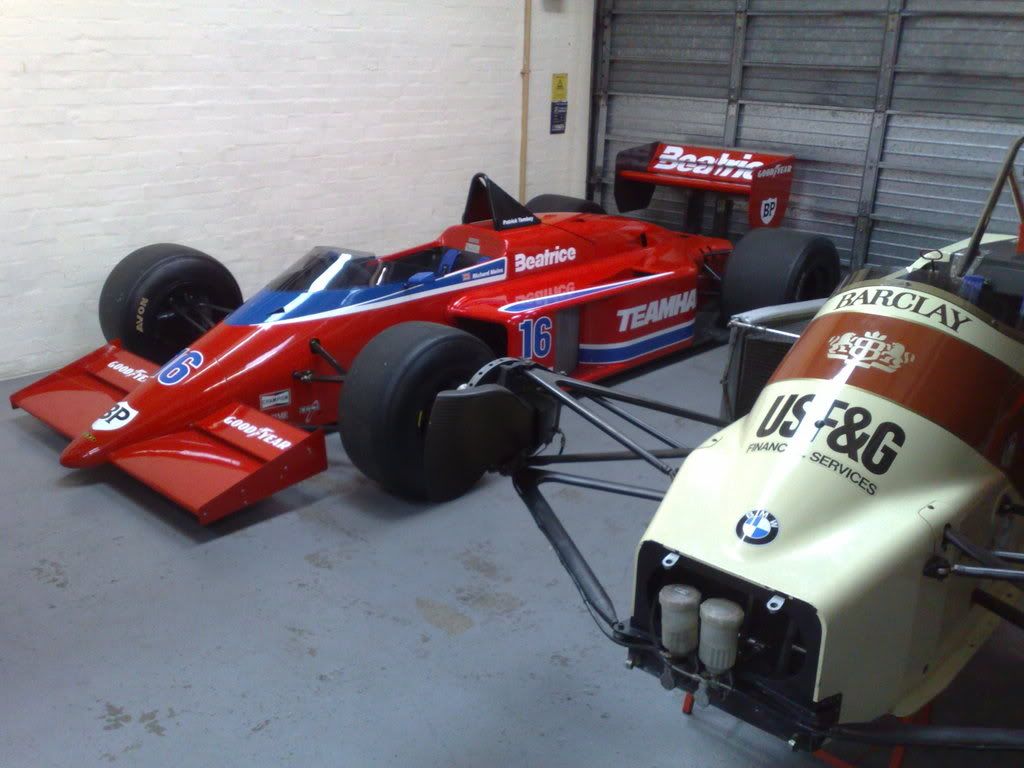
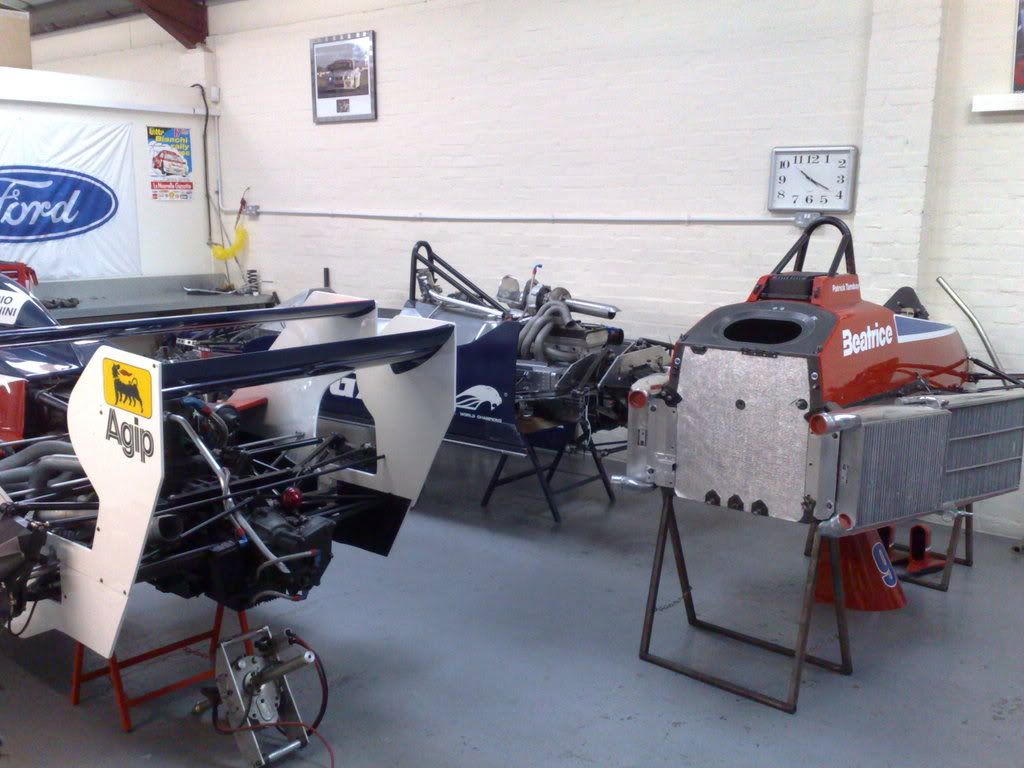
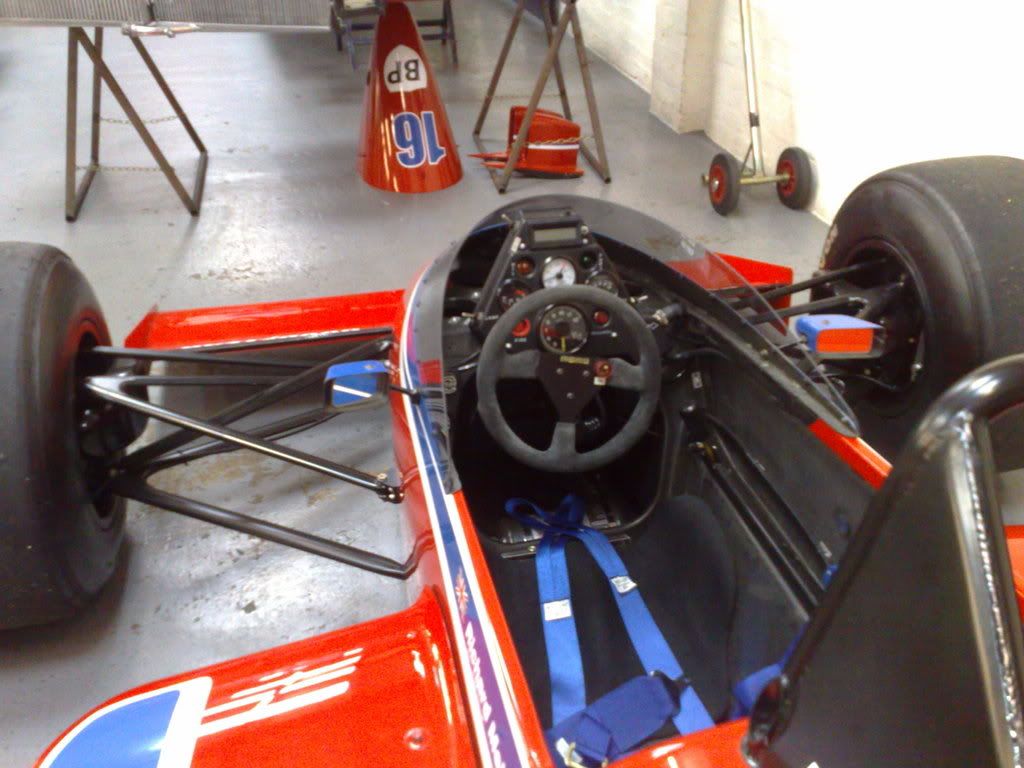
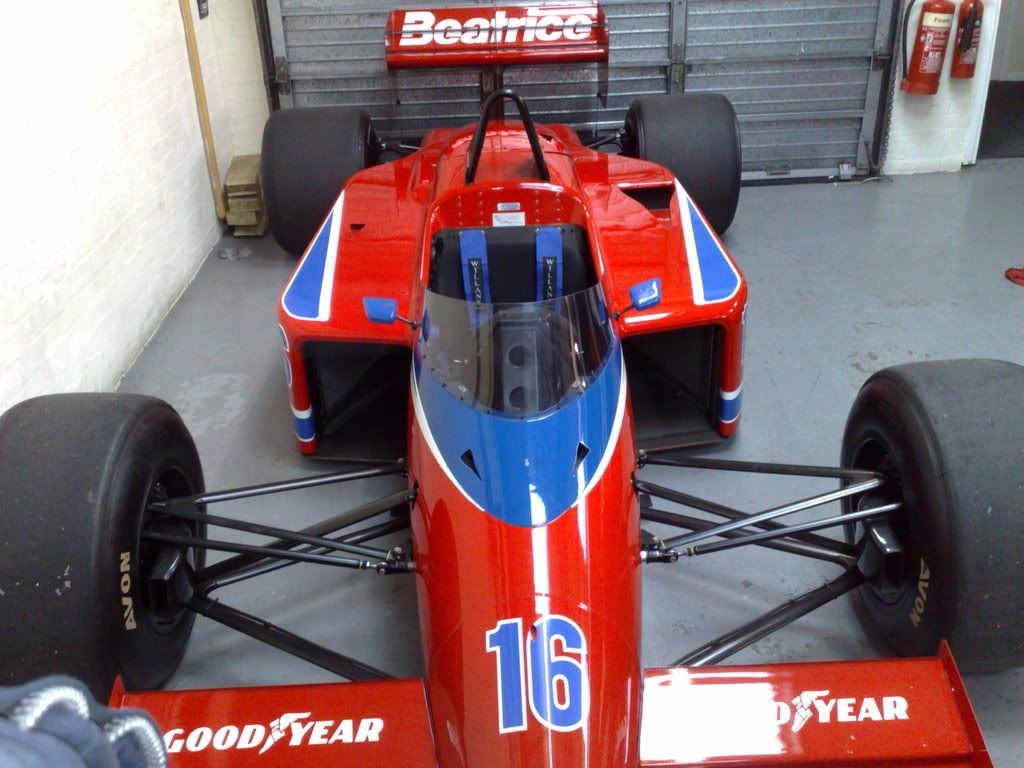
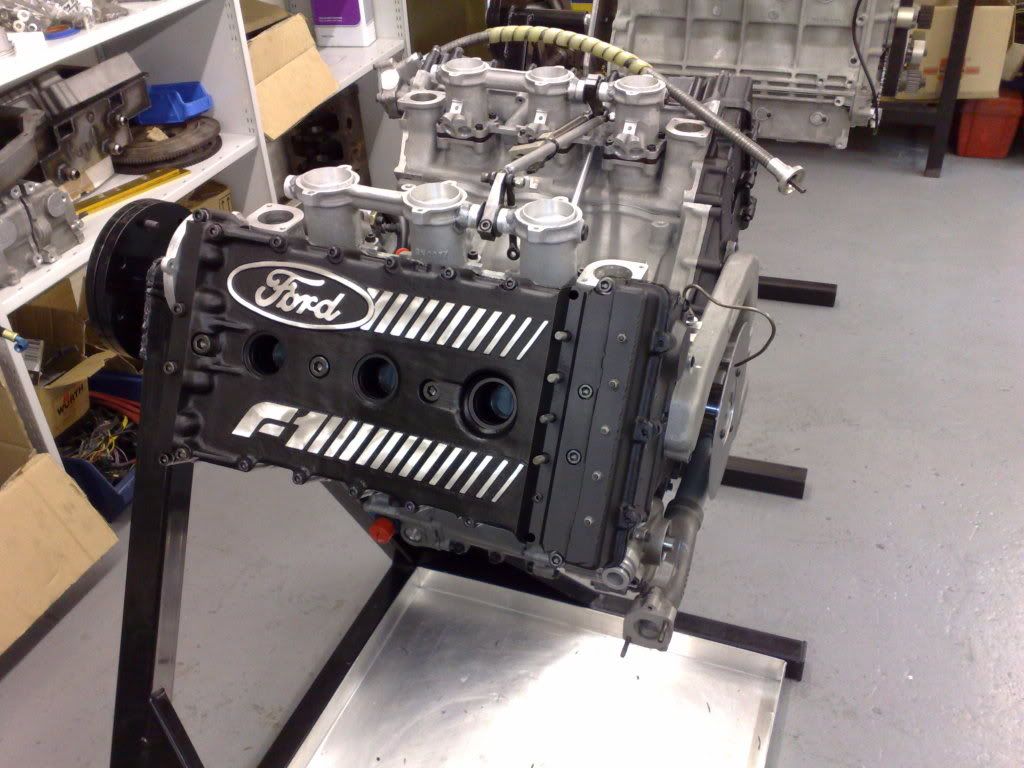
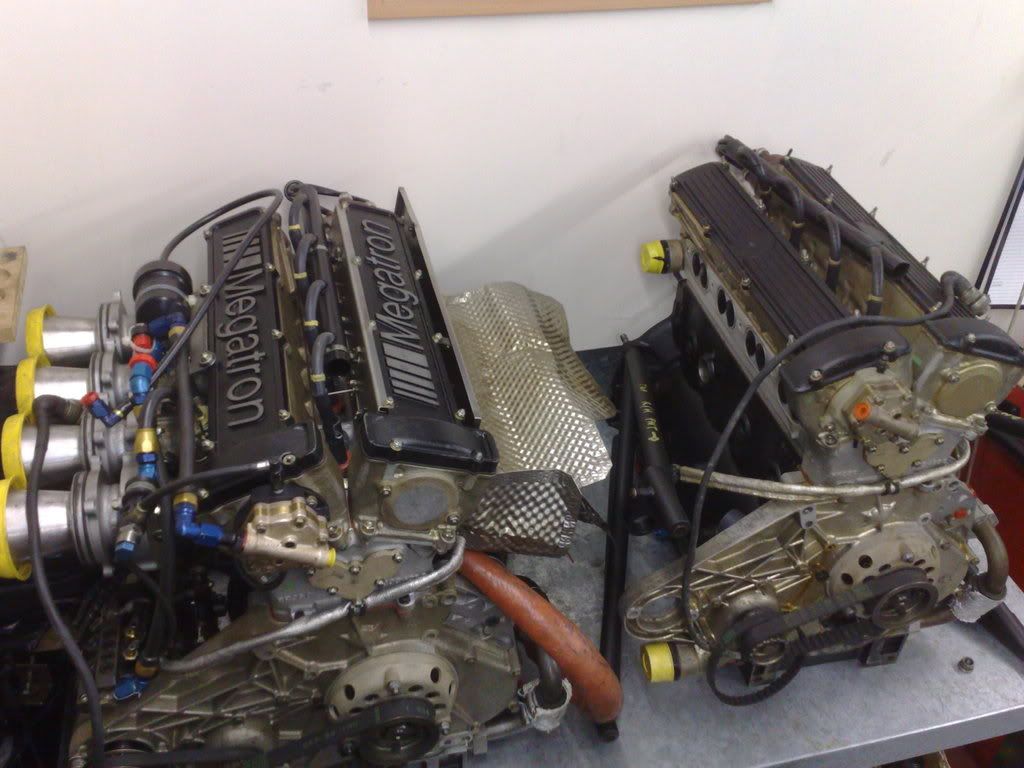
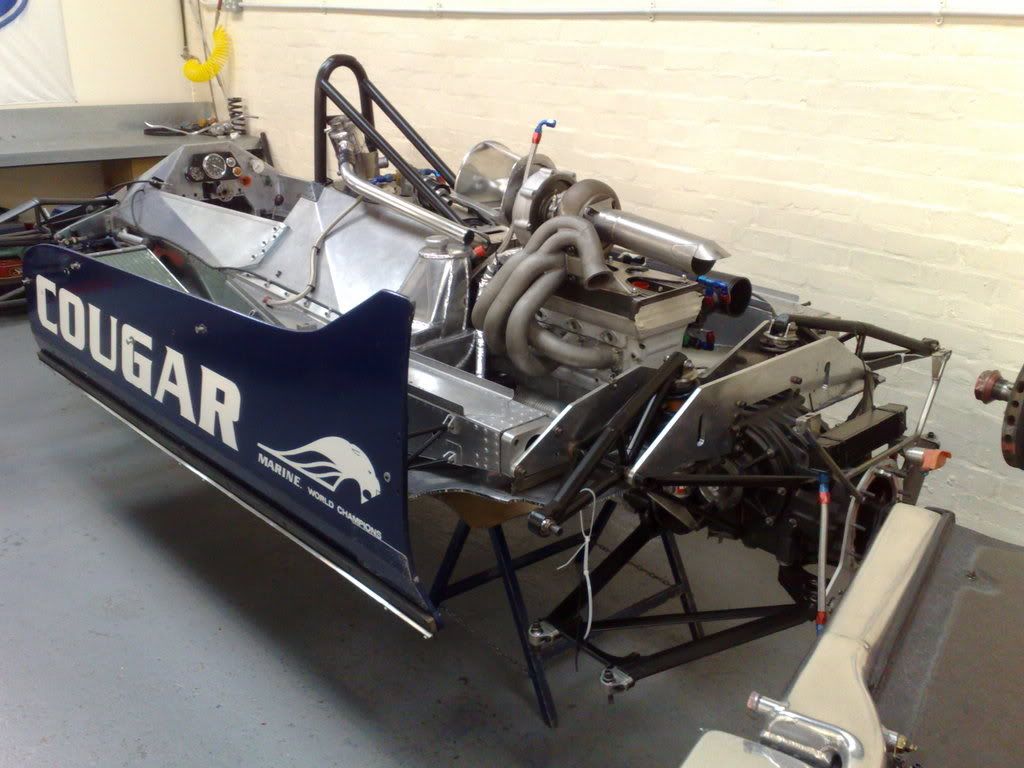
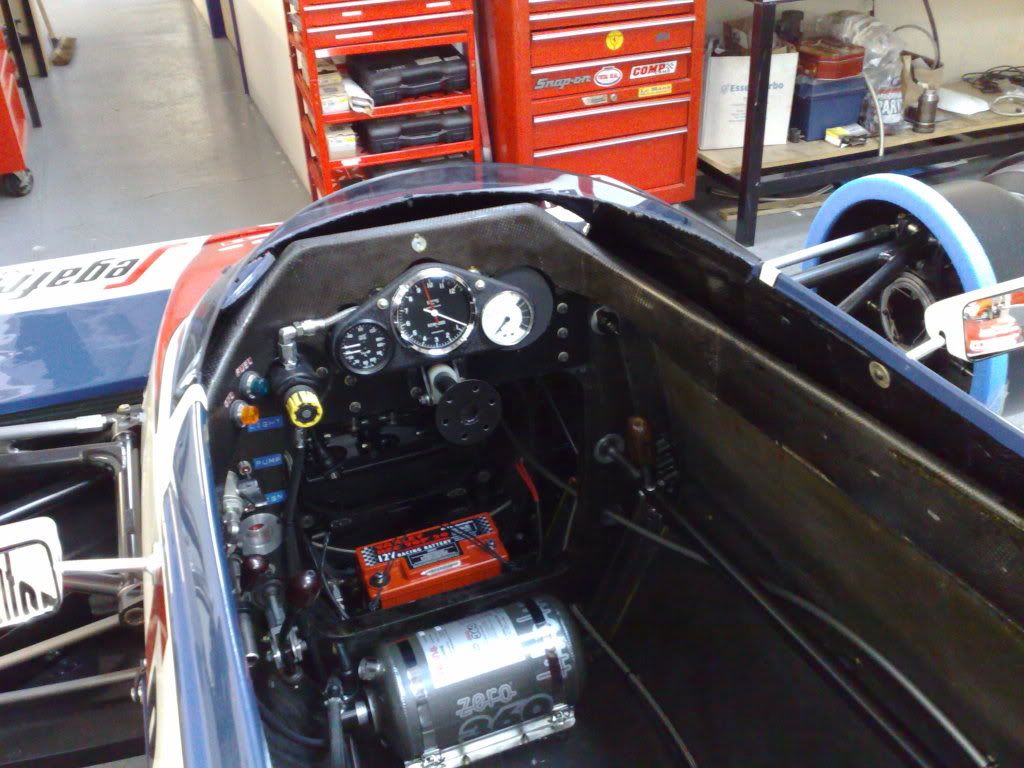
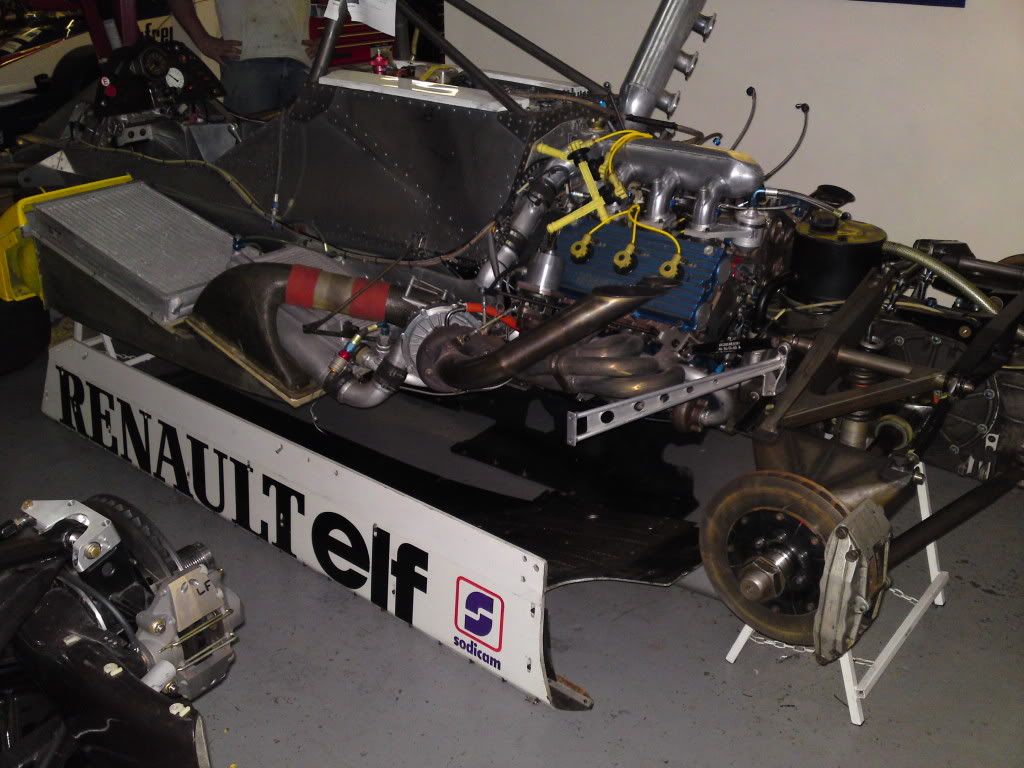
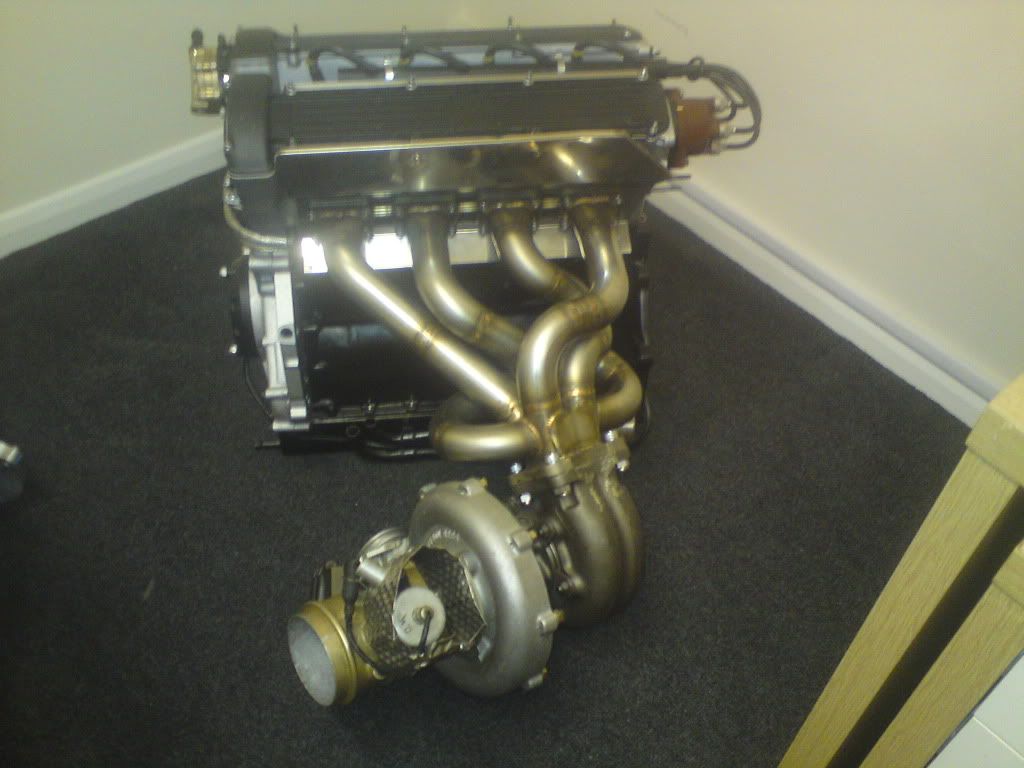
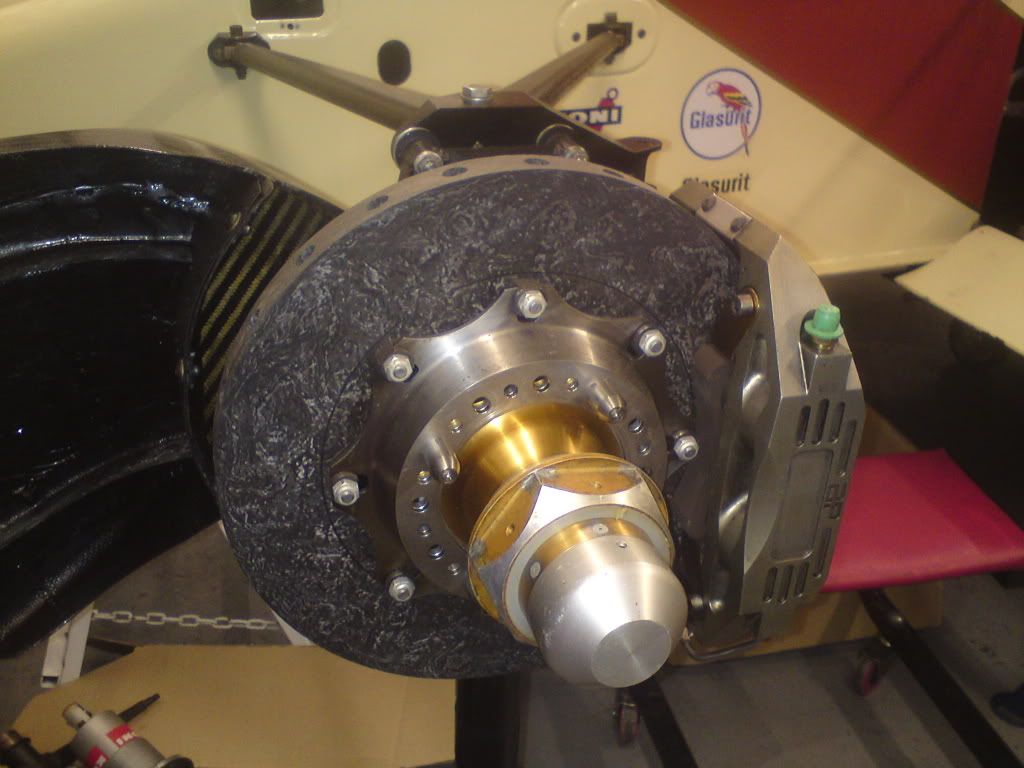
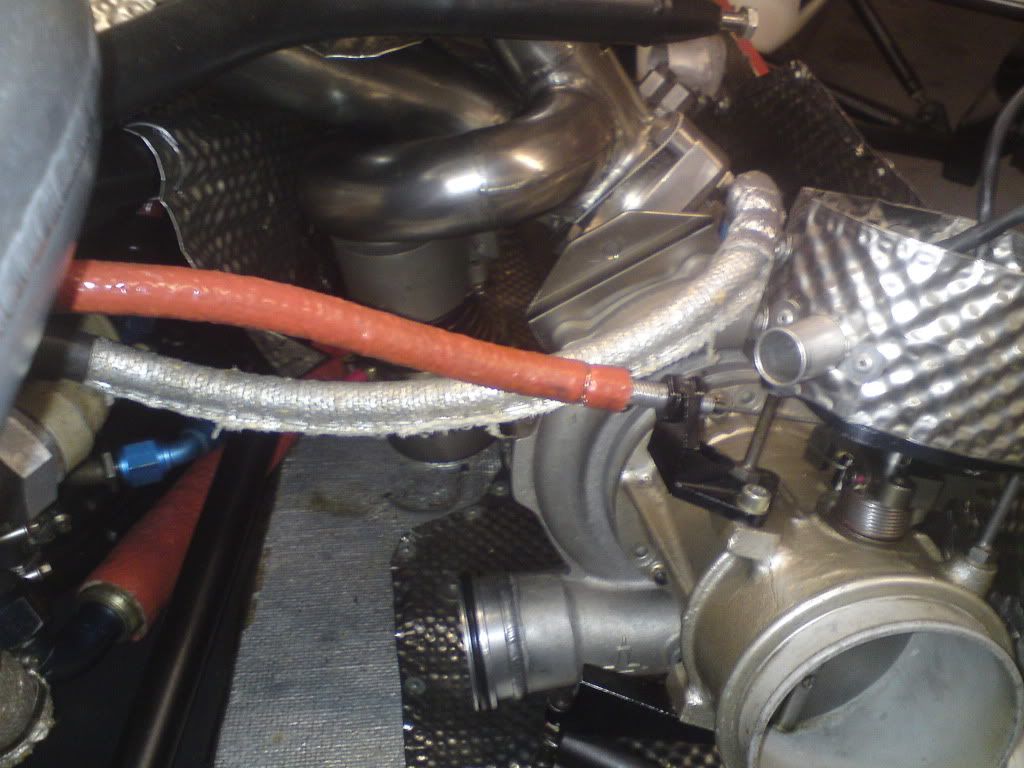
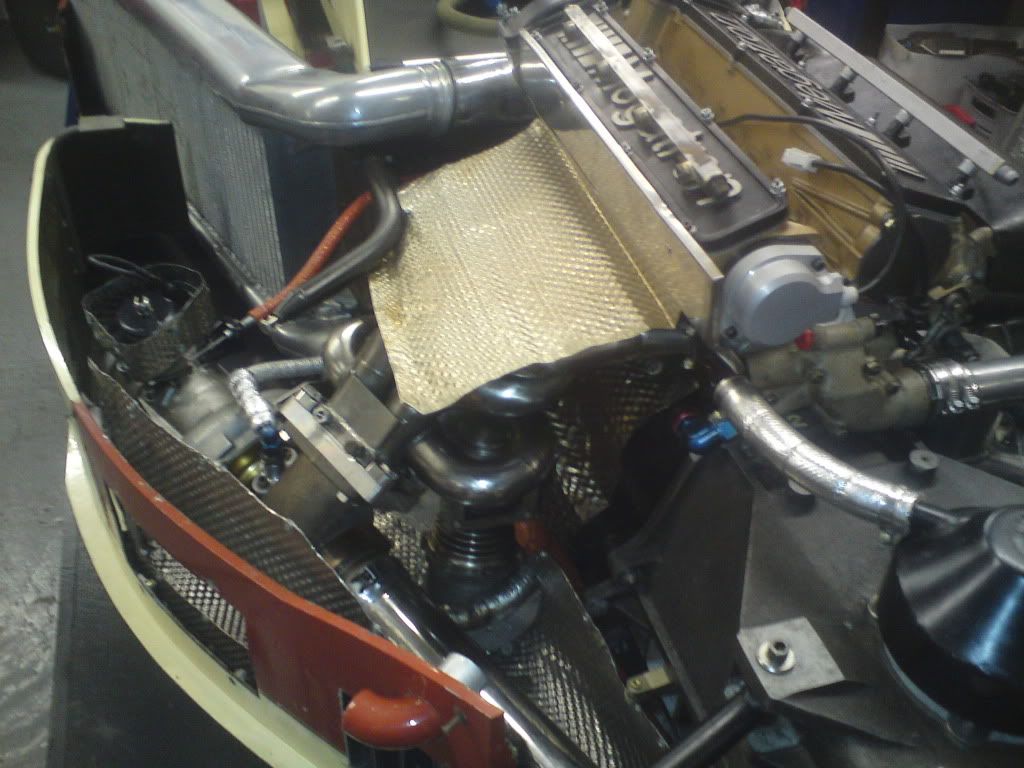

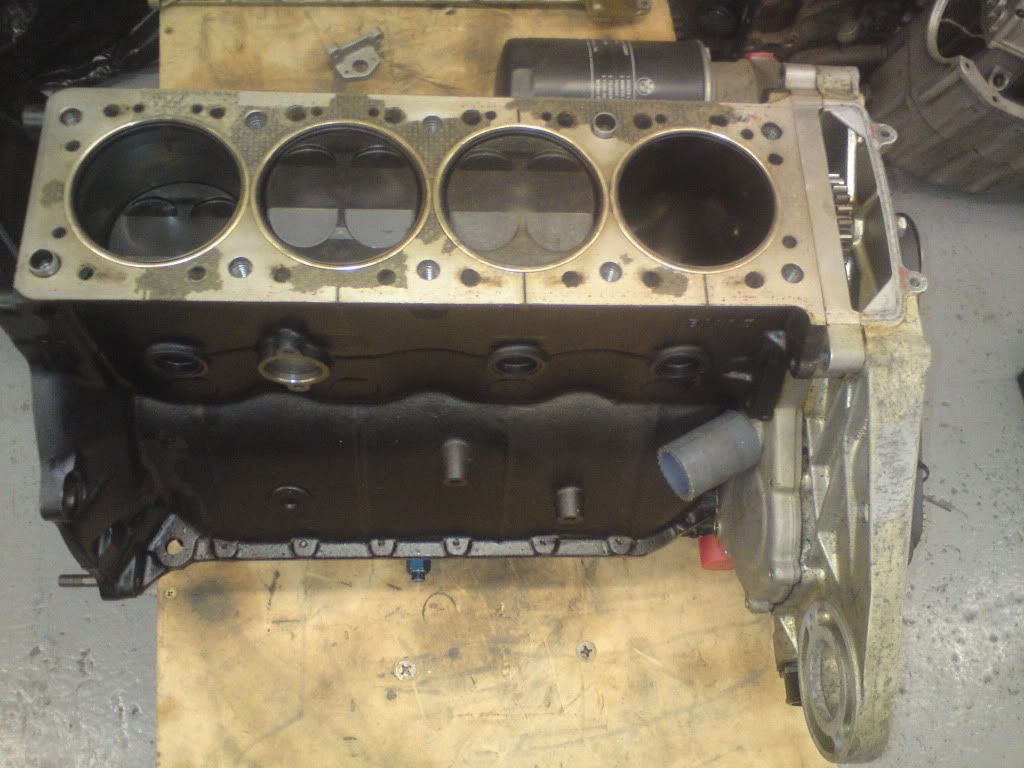
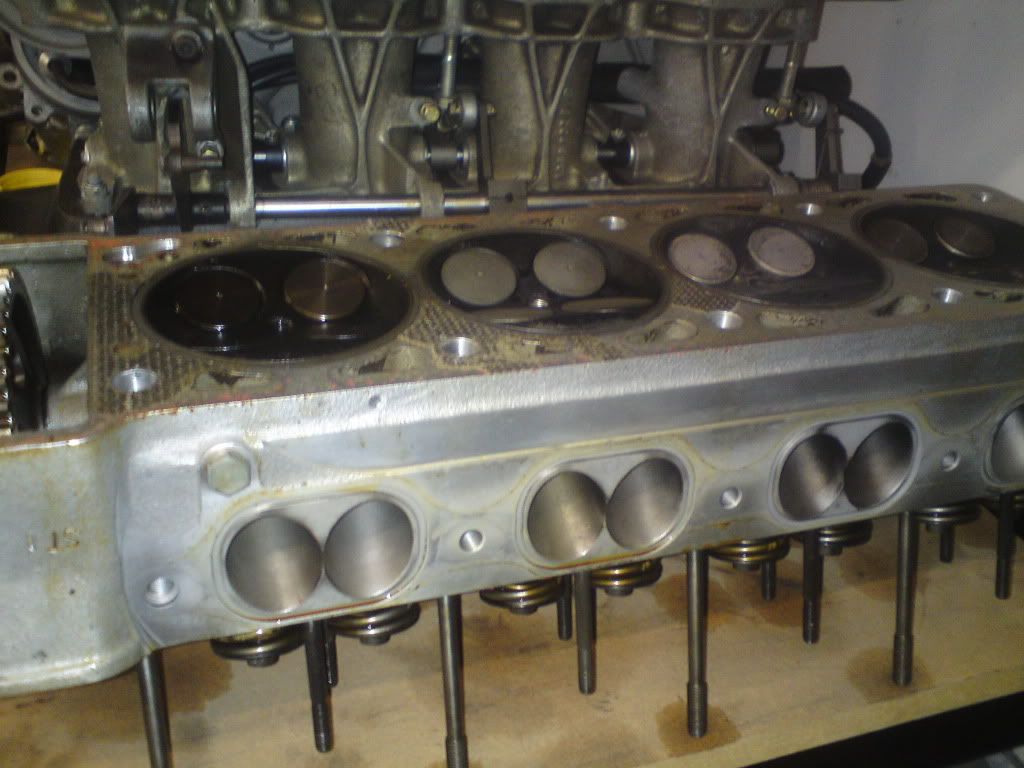
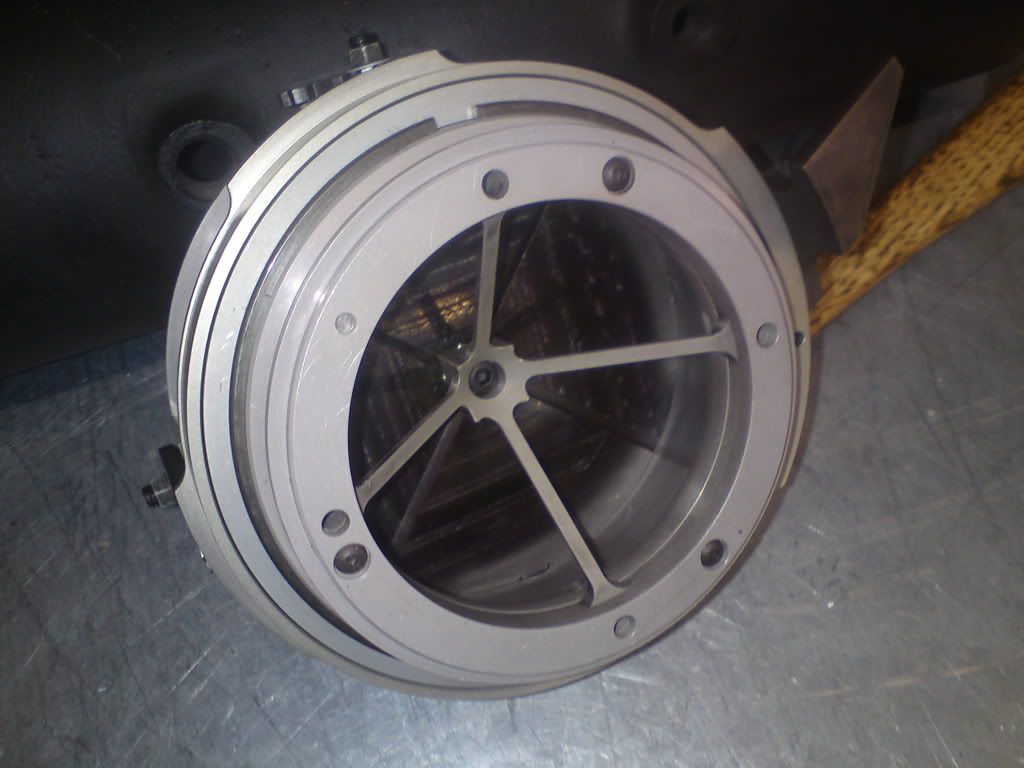
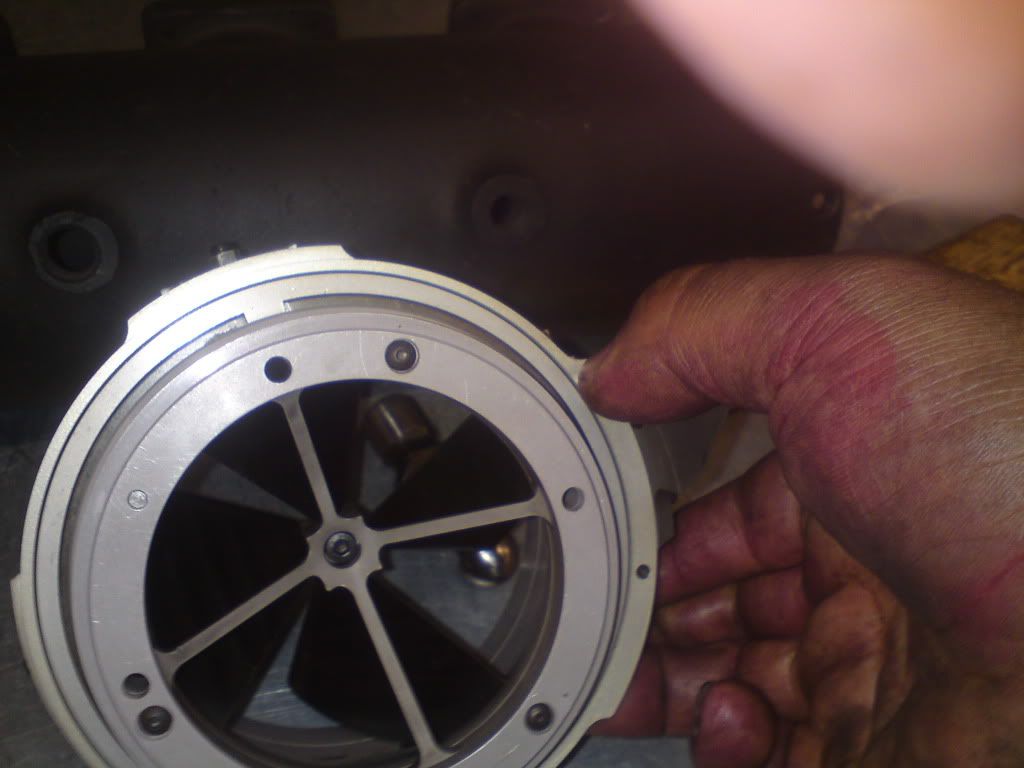
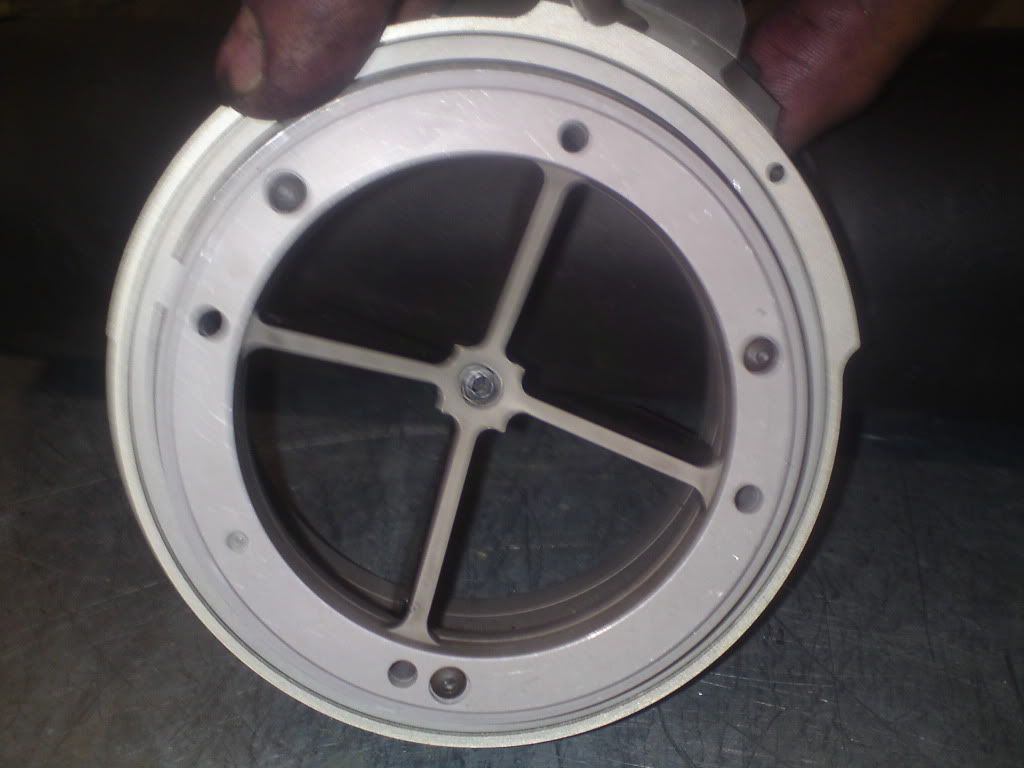
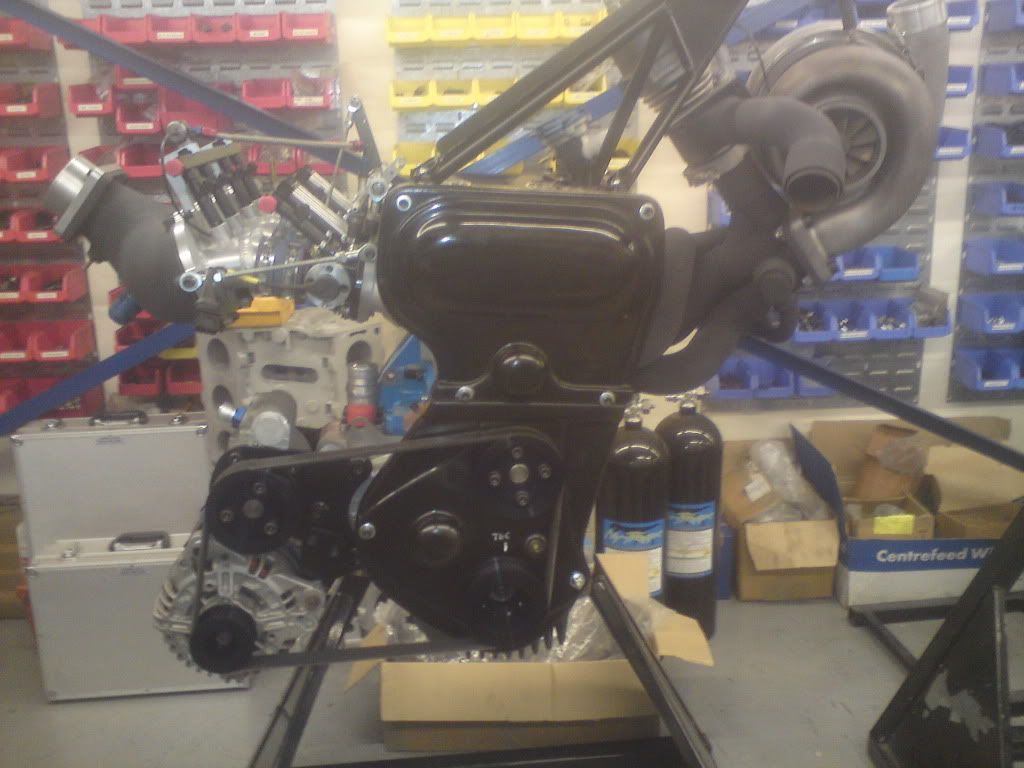

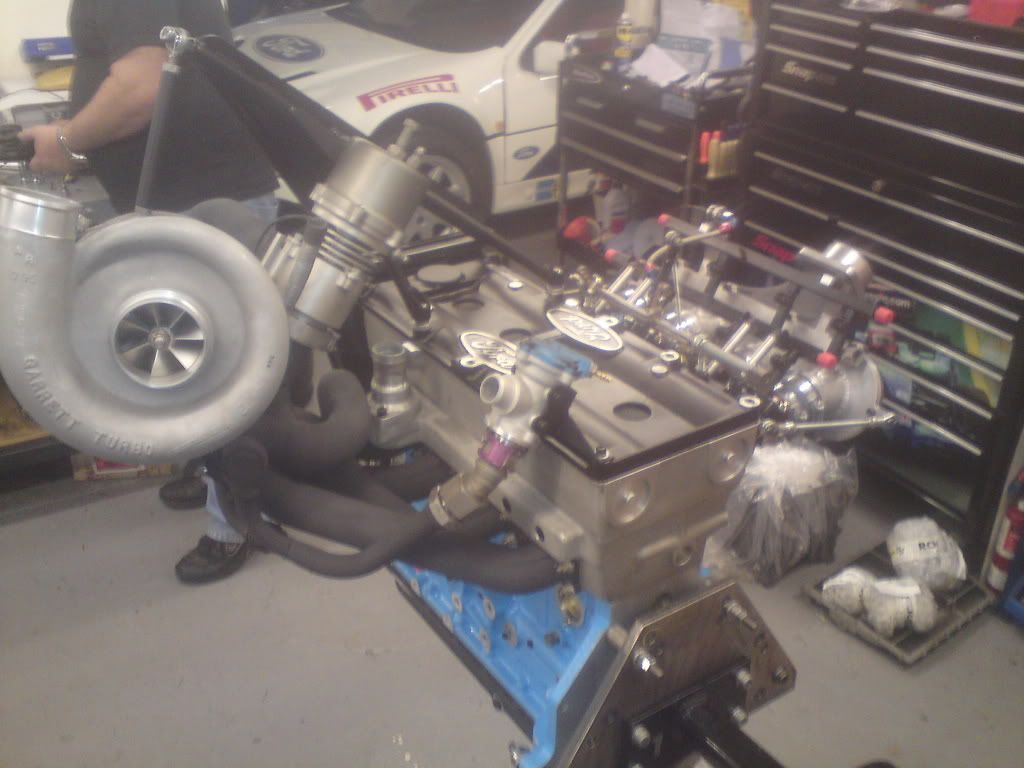

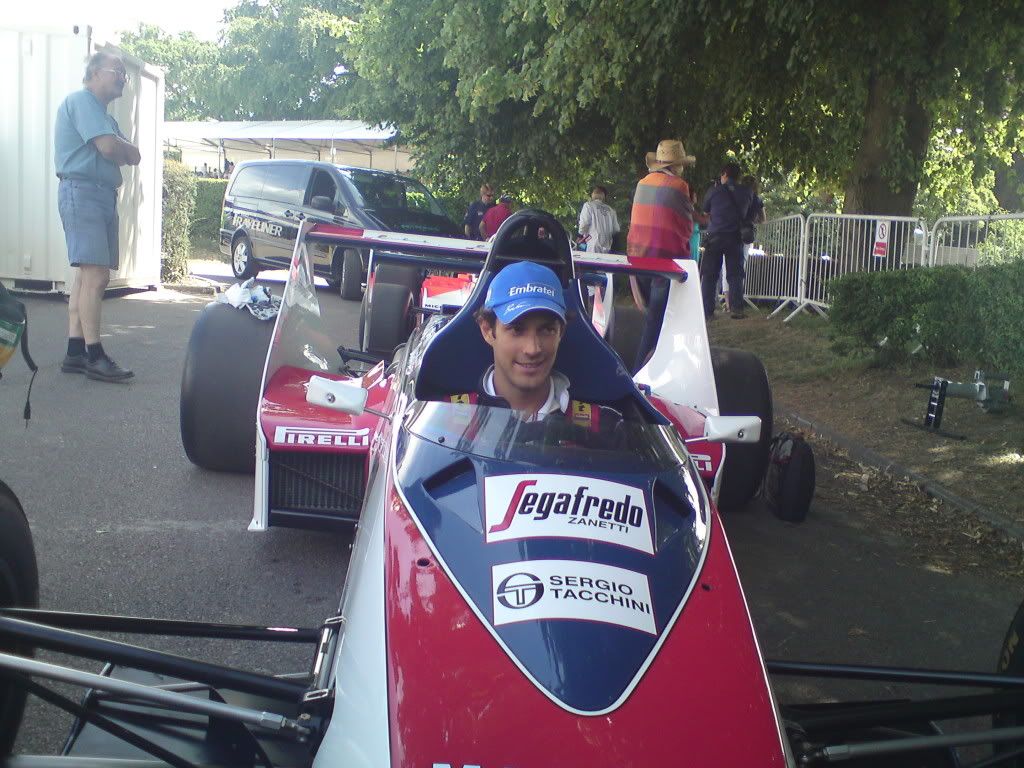
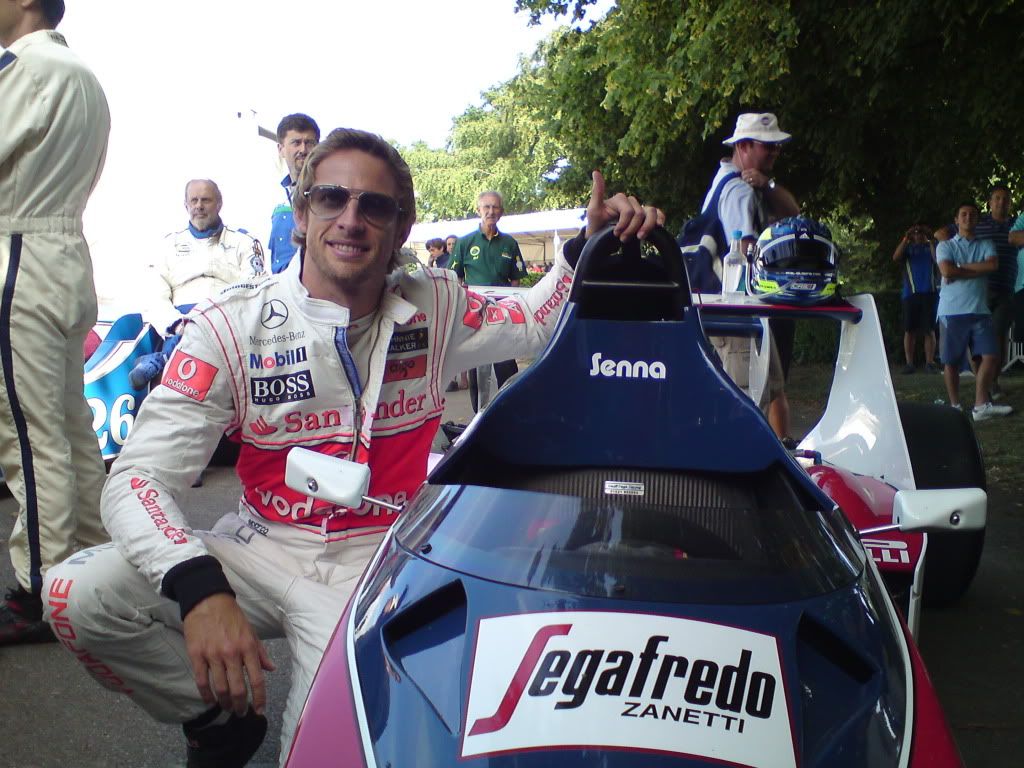
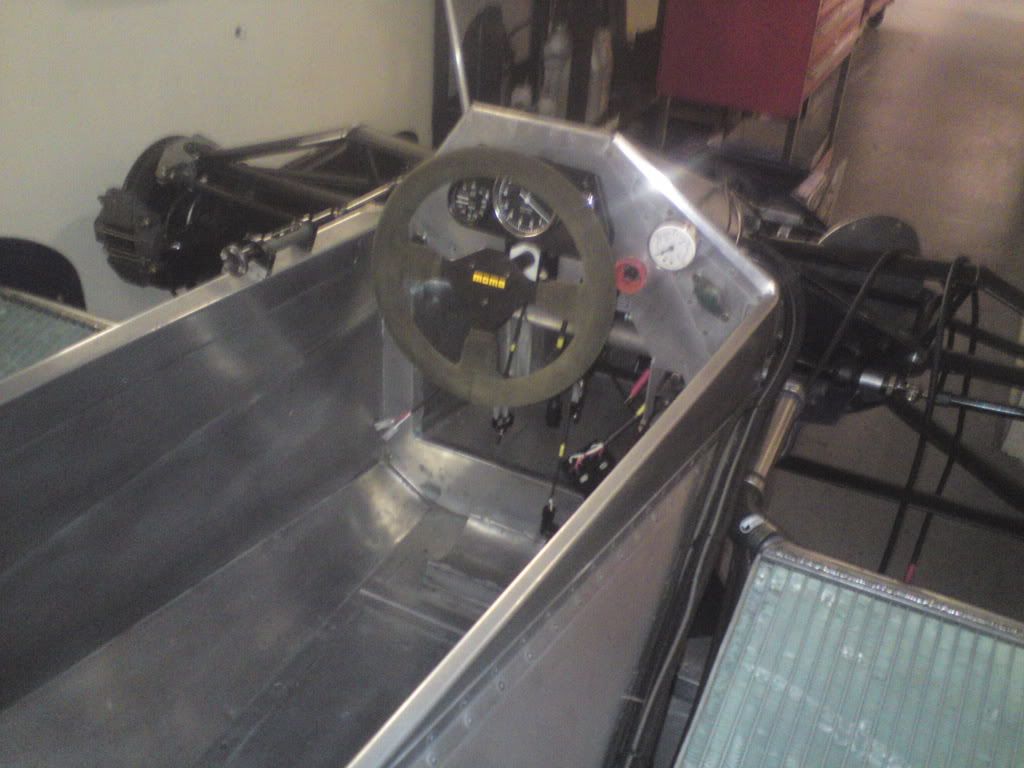
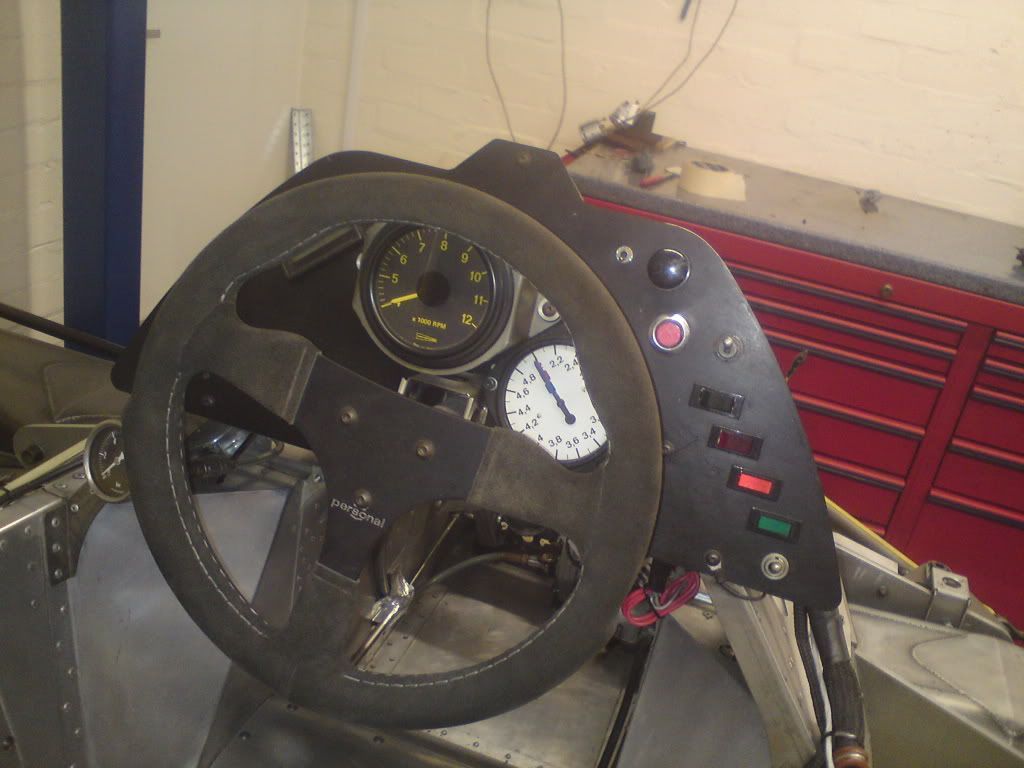
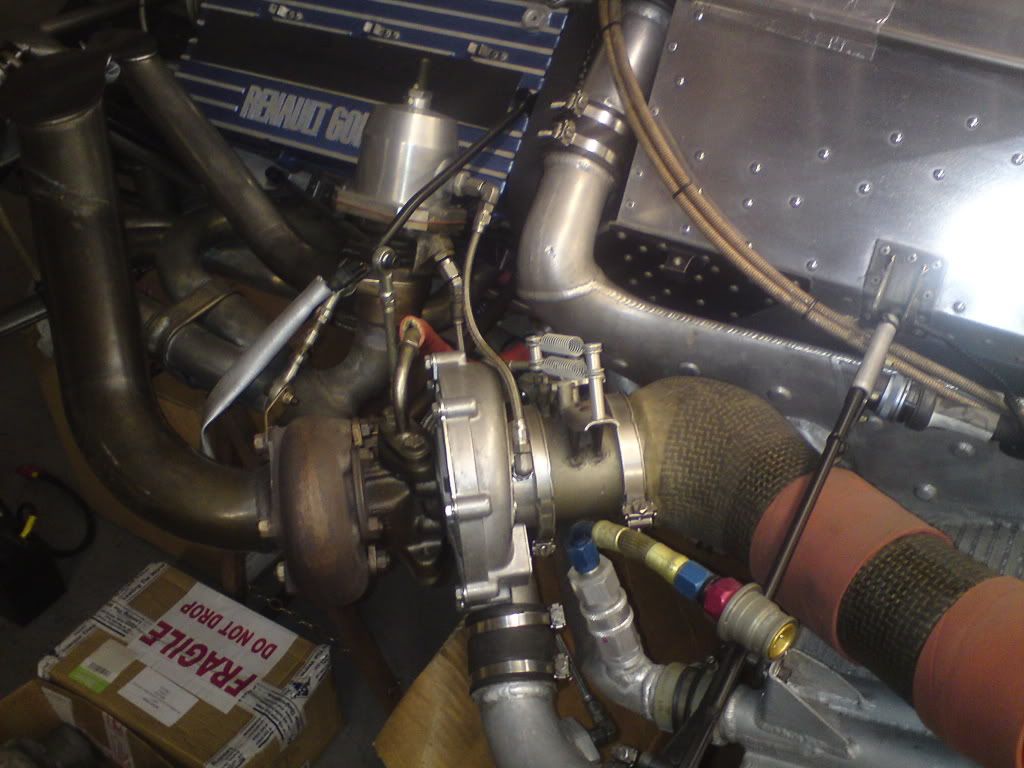
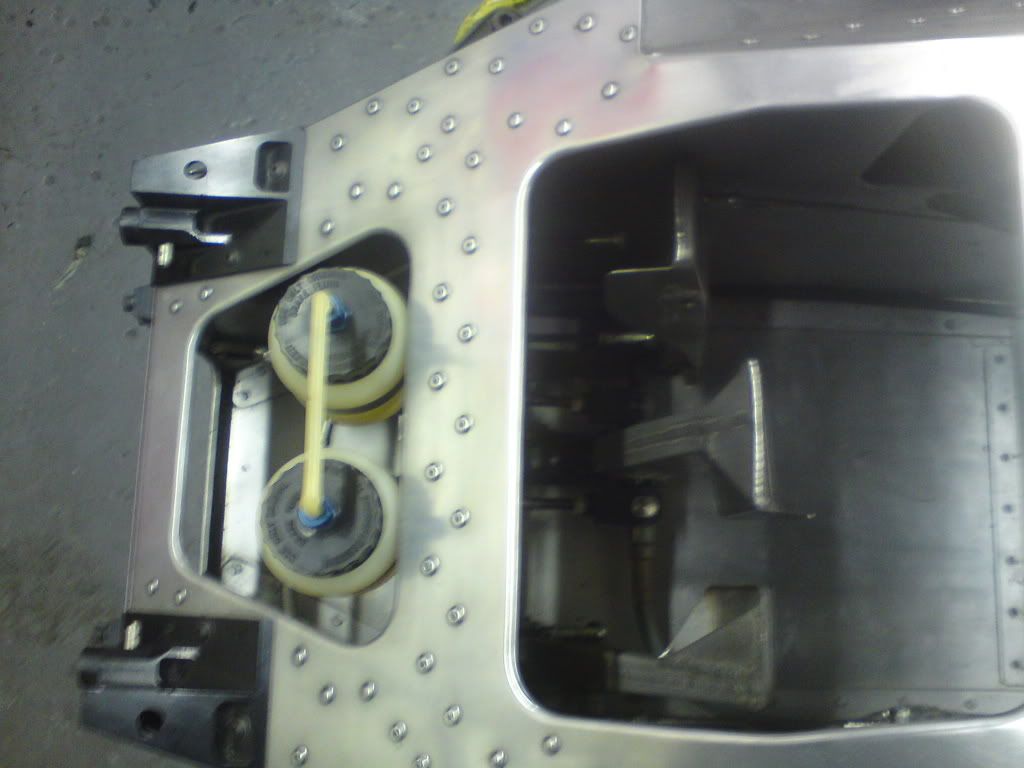
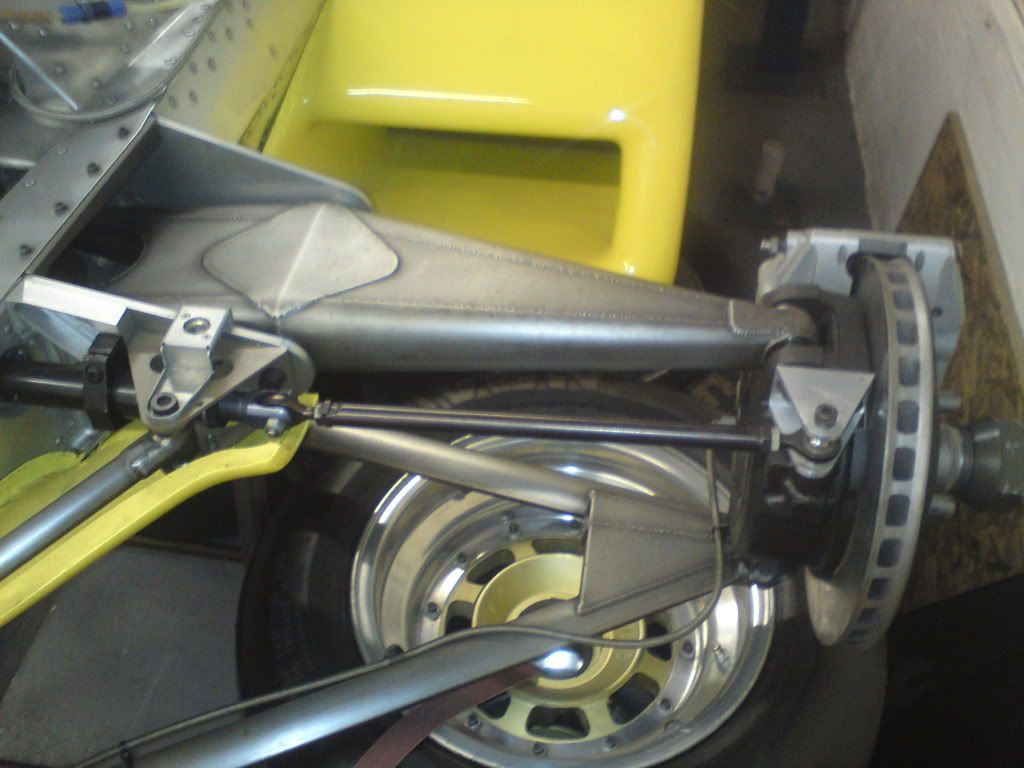
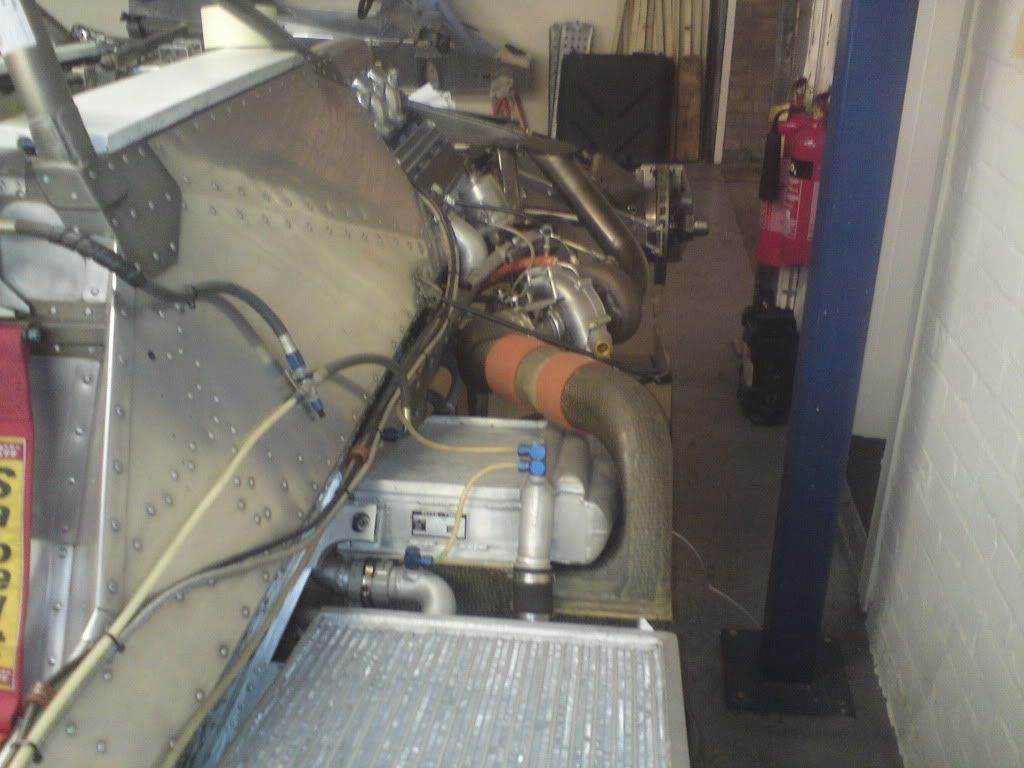
La que acaparo mi atencion de chico, la que hizo que me levantara temprano cada Domingo, la que hacia volar la mente con pensar en motores de 1.5 litros y mas de mil caballos galopantes a mas de 350 Km/h !!!
Aporto con un poco de fotos de fierros de Formulas 1, conservados de esa hermosa epoca
Aca no importaria ni el fanatismo ni las marcas, solo hablar de un epoca tristemente desaparecida en donde no necesariamente con mucho se fabricaban como en la alquimia maquinas solo soñadas por mentes brillantes !!!!
Aporten Uds tambien, los que los vieron correr tambien en aquellos años....
Que se arme lindo post, con fotos y videos, con buenas charlas de performance de cada auto, motor y chasis, para los de menos edad, que jamas veran estas fieras correr
Saludos a todos !!!
Back in 1977, Renault started to enter F1 races with a single turbo V6 engine. It didn't really shine in terms of performance, but in 1978 the car finished in the top 10 and scored its first points. Then in 1979 the turbo Renault got its first pole and its first win. Needless to say, other engine designers saw the light and Ferrari and BMW soon followed suit in 1981 with turbo engines of their own.
At the time Cosworth was still dominating F1 with the normally aspirated 3.0L DFV so Cosworth did not feel the urgency to develop a turbo engine immediately. It wasn't until their diminishing wins started to become apparent that Cosworth started to get off their high horse and start on a turbo engine. The rules at the time stated that an engine could have a maximum capacity of 3.0L if normally aspirated and 1.5L if supercharged. These displacement rules were written in 1966 when turbocharging automotive engines wasn't really even considered. Keith Duckworth (the "worth" in Cosworth) pretty much was against the entire idea of turbocharging in F1 because he believed it was technically against the rules. What Duckworth said was that a turbocharger was actually a second motor that shared the combustion chamber inside of the engine and of course two motors were not allowed in F1. To further his point, Ferrari was injecting fuel directly into the turbine section of the turbo (anti-lag) effectively converting a turbocharger into a gas turbine and turbine engines were not allowed in F1 either. While Duckworth's points are probably valid (you gotta remember that a turbocharger on a gasoline engine was a relatively new idea at the time) to some degree, the rulemakers in Paris still allowed turbochargers.
Cosworth's first attempt at a turbo F1 engine in 1983/84 was actually based on the Cosworth BD alloy 4 cylinder engine block. Duckworth decided the BD's alloy block would be ample for the original power goal of 650bhp. It was an elaborate setup with an exhaust driven turbo and a second turbo driven by a Ford CVT transmission via the crankshaft. The turbos were staged for big boost (5+ bar absolute). All of it was controlled via ECU which was super state of the art back in those days. It must have been a pretty damn big piece of hardware based on 1987 sized electronics to control all of those devices. The standard BD cylinder head had to be redesigned for boost and flow, but in the end the engine wasn't able to deliver since the horsepower targets kept increasing. Originally the turbo F1 engines from Renault, Ferrari, and BMW were running gasoline, but the rulemakers allowed "rocket fuel" which was actually gelled toluene.You know for damn sure it burnt super slow if it was gelled so it must have had some crazy high octane equivalent. With the new rocket fuel, the other engine manufacturers were already surpassing 800bhp in 1985. This 1.5L BD based 4 cylinder engine with staged turbos was bending crankshafts at 3.0 bar (absolute) boost @ 11,000rpm. Even with a redesigned crank and flywheel the complexity of the turbo setup and transmission was probably a complete clusterfcuk. I'm sure the engine only having 4 cylinders was probably another limitation for increasing power beyond 650bhp reliably. You have to remember that this was 1987 before the time of 3D modeling, FEA, simulations, etc. While Duckworth did redesign the clutch and flywheel to live at that power output, it was clear that it was going to be an uphill battle with a 4 banger. The good old boys in NASCAR back then probably weren't making 650bhp out of their 5.7L small blocks yet and here was the F1 crowd playing with 1.5L engines.
After securing financial support from Ford USA, Duckworth, Mike Costin (the "Cos" in Cosworth), and designer Geoff Goddard went back to the drawing board. What they whipped up was a 120 degree 1.5L V-6 with alloy block and heads with Ford badging. Duckworth was spending more time at home having cashed out by selling the company to UEI so Goddrd took the reins and designed the bulk of the GBA with weekly visits to Duckworth at home. The first component drawings were started in December 1984. By August 1985 the Cosworth GBA was first tested in a car. That's pretty damn fast for a clean sheet engine design isn't it? Initially there were some engine block issues, but after some revisions the engine became very reliable at 1000bhp and was run at more than 1200bhp in qualifying. How's 800+bhp/liter for strength? According to Cosworth lore, the engine ended up being more reliable than the Honda VTECs.
If you are an internal combustion engine nerd like myself, then you'll probably dig I believe the 5th edition is the latest. You probably don't want to read the 6th edition (it doesn't actually exist) because then you would just be reading about Cosworth's downsizing and diversification (read doing business outside of motor sport) and the decreasing size of the motorsports as a whole which blows big time. Anyhow it really is an excellent book filled with stories, interviews, famous quotes from Duckworth, and behind the scenes stories of many of Cosworth's historic race and production engines. Most of what I wrote above I got from Robson's book, mixed with some question asking at Cosworth and some of my own opinions. Chances are you won't find books like this on any of the other race engine manufacturers because...well because their histories probably just aren't that interesting. Their stories would all just read "...left Cosworth in 1988" or maybe "...left Cosworth in 1994", etc.
We have an actual GBA show engine in our conference room. Check it out:

The two upper pulleys are probably crank driven by gears inside of the alloy front cover. The lower left pulley is the multi-stage oil pump and the lower right hand pulley is the water pump and alternator which are driven by a common shaft. Check out the old school 9 tooth crank position sensor.

At the back of the engine you can see the distributor, coil in the center of the valley, and the 7.25" clutch. I'm guessing that Magneti Marelli igntion coil is super heavy duty judging by its size and the fact that it has to ignite the cylinder pressures of a 800bhp/liter engine with extremely short dwell times at 12,000rpm through igntion wires, distributor cap, and rotor. I'm not sure if they are using a 7.25" clutch because it made too much power for a 4.5" racing clutch or if 4.5" racing clutches and modern friction materials did not exist yet.

Here's the LH exhaust cam position trigger. Or at least that's what I think it is. The pickup sensor isn't present, but it looks like that thing could lop off your finger if you weren't careful.

The turbos are Air Reseach units. For you young guys, we call them Garretts today. The compressor housing looks like it is just cast aluminum and pretty closely resembles a T04B in size. Perhaps they weren't casting magnesium yet for compressor housings. Khiem, why don't you look up that compressor cover part number? It's 444852-5. This is just a display engine so this turbo may not have been the final 1200+bhp qualifying spec turbo. For show engines, just about any version of a part or engine can be thrown together.

The compressor wheel has 12 blades and the inducer measures approximately 55mm. The shaft play tells me it's a journal bearing turbo, but the shaft play is definitely smaller than a standard T04 unit. The wheel to housing clearance is also extremely tight compared to a standard T04. In fact it appears to be closer than even at modern day ball bearing GT, but I am definite ball bearing turbo technology did not exist back then...or did it? The center housing does not look standard issue Garrett so I'm guessing there was some voodoo big money magic going on here to maximize compressor efficiency to the very extreme.

The turbine wheel is an 11 bladed deal and from the exducer doesn't look like anything too special. In fact it looks a lot like a Navistar TA34 wheel (you Turbonetics lingo people might call it a "stage 2") if you ask me, but I did not take the turbo apart to examine the turbine wheel's blade shape. Once again the wheel to housing clearance is looking tighter than a modern day GT so I'm guessing they were trying to squeeze every last ounce of efficiency out of the turbine stage also. The turbine housing outlet is very nice with a smoothly expanding inside diameter all the way to the back of the outlet.

A v-band turbine housing from back in 1985 beats HKS and TiAL by about 21 years. From the rear view, the compressor housing uses a T04E type clamp. The turbine housing A/R appears to be extremely small. I would estimate it to be in the .40-.50 range. After all it is a twin turbo 1.5L engine with 0.75L feeding each turbine stage. It is an extremely thin wall casting so it looks smaller than it actually is I'm sure.

The turbine housing inlet and wastegate connection is hand fabricated and is welded to the exotic looking material cast turbine housing. I am unsure of the header material, but I'm guessing they are made of inconel.

Here is the bespoke multi-stage dry sump oil pump. It just looks expensive.

On the other side of the engine is the bespoke water pump at the front of the engine and the bespoke Magneti Marelli alternator behind it. The alternator looks a lot like a small version of a mid 80's European car alternator doesn't it?

Here you can see two Bosch EV1 looking injectors per cylinder that actually fire upstream. I know absolutely nothing about gelled toluene so I'm not sure what benefit there was in firing the fuel upstream of the valve, but I'm sure the engineers designed it this way for a reason. At the base of the throttles you can see that they are bolted to the cylinder heads via a phenolic gasket for heat isolation. We use the same proprietary formulation of phenolic for our Subaru, Mitsu, and Nissan thermal guard gaskets today.

Here you can see the throttle castings and linkage for the individual throttle bodies. The vacuum hoses go to a vacuum/boost manifold...

...here. There are two of these manifolds: one per bank. Then a hose goes from each of the manifolds into that round device on the right. I have no idea what that round device is on the right, but it is knurled at the edge and has a huge jam nut at the base. It looks like it is for some kind of mechanical adjustment. Perhaps fuel pressure?

This is a detailed view of an inlet to one of the two plenums. The two o-rings are for some kind of Wiggins type connection I'm sure. There is considerable hand blending at the joint of the o-ring flange to the fabricated tube which is made from two pieces of sheet. I am guessing it was shaped like this to clear some kind of body work. Even to this day at Cosworth, we still spend probably too much time with attention to detail on our inlet manifolds. In the case of the Subaru EJ and Nissan VQ plenums, each port is CNC matched and then hand blended to each individual runner.

This is what the hand fabricated piece looks like from the outside. The valve cover looks like it is all business with black wrinkle coat and Ford F1 signage.

Here's a bottom view of the engine assembly. While it doesn't look quite as high tech as the current F1 CA2010 engines, it still looks like a pretty damn serious piece of machinery.

This plaque on the show engine, which also looks like it is from the 80's, states that the engine was only ever raced one season. However Robson's book says that the enigne was raced in 1986 by Carl Hass' Haas/Lola new F1 team and in 1987 by Benetton. Apparently despite the fact that the GBA was originally designed for gasoline with a 6.5:1 compression ratio and all of the other turbo engines were significantly more powerful on rocket fuel, the new Haas/Lola team couldn't produce a reliable or fast car regardless. Switching to gelled toluene, Cosworth had slowly raised the compression up to 8:1 and was producing over 1000bhp by the end of the season, but the Haas/Lola cars weren't up to the challenge. Ford decided to switch the engines to the Benetton team. In 1987 Cosworth was at the FISA 4.0bar boost limit, the engine was reliable for 600 miles between rebuilds, and the Benetton B187 was regularly finishing on the podium. But by the end of 1987 the FISA was limiting the boost to 2.5bar. The plan was to eliminate turbos from F1 by 1988 and that was the end of the GBA. No bore and stroke specs were ever officially released on this engine or any other Cosworth clean sheet race engine for that matter.
So there you have a semi in depth view of the most powerful 1980's F1 era turbo engine. There are other turbocharged CART and Champ Car engines in our conference room, but this one was always my favorite of the turbo engines. There's something about its age and simplicity that appeals to me even outside of my six cylinder fetish (all of my personal cars are 6 bangers now that I've sold off the rotaries). Perhaps it's because the Cosworth GBA engine belongs to an era that was very important to the birth of our little tuning industry today. I'm definite turbochargers in F1 made quite an impact on car manufacturers, the general public, and the Japanese tuning industry back then. The 323GTX, Supra Turbo, RX-7 Turbo, Celica All-trac, Starion ESI-R, 280ZX Turbo, SVO, XR4Ti, Cosworth Sierra, 944 Turbo, Thunderbird Coupes, etc. were all born in the 80's right after turbos came to F1. Also you can bet that HKS and Trust, pretty much the only two major players turbocharging Japanese engines back then, probably saw turbos in F1 as a source of inspiration (the Japanese love F1). If HKS and Trust didn't make the parts, our little industry probably wouldn't have been as big as it is today and we would all probably be driving and racing small block V8s today. Now that would SUCK.


































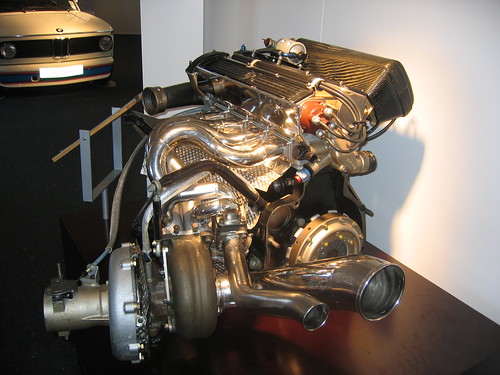
Comment